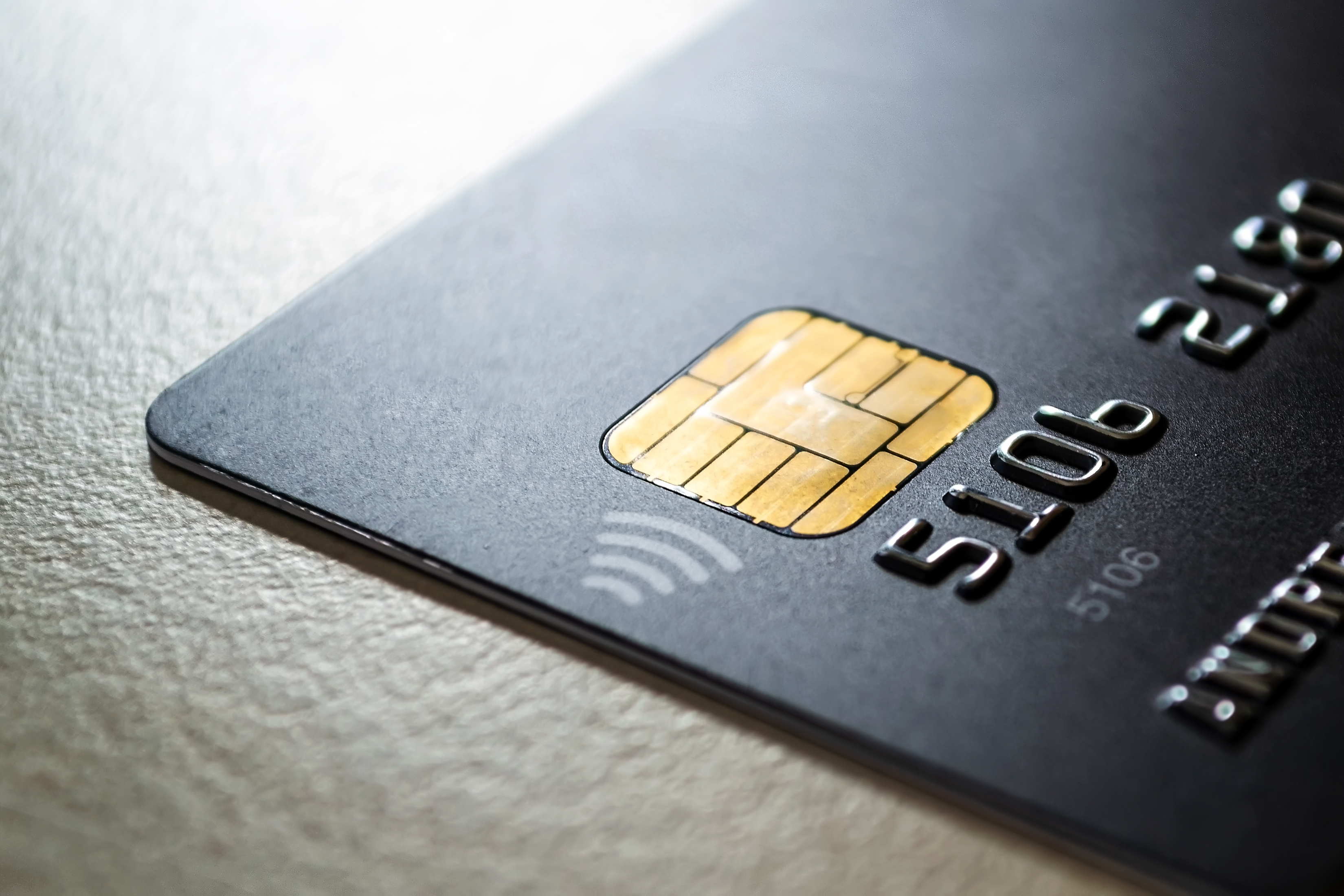Over the past few decades, payment experiences have undergone tremendous transformation. Traditionally, cash was the most common form of payment. Checks soon became a realistic alternative for big-ticket purchases, enabling consumers to carry less cash. Then debit and credit cards appeared, giving people more purchasing power.
EMV Chip Cards
 EMV was introduced to the U.S. in 2015 after it was found to be successful in reducing the use of fraudulent cards in other industrialized nations, like France, Australia, Canada, and others. The chip in EMV cards generates distinct transaction codes each time the card is used, in contrast to magstripe cards. In order to authenticate the transaction, these chip cards also establish two-way communication with the payment acceptance device.
EMV was introduced to the U.S. in 2015 after it was found to be successful in reducing the use of fraudulent cards in other industrialized nations, like France, Australia, Canada, and others. The chip in EMV cards generates distinct transaction codes each time the card is used, in contrast to magstripe cards. In order to authenticate the transaction, these chip cards also establish two-way communication with the payment acceptance device.
Contactless Transactions
The payment processing system got faster, more secure,
 more convenient with contactless payments. Although contactless cards are still relatively new in the United States, mobile wallets like Apple Pay and Google Pay also employ the same technology to let users tap and pay with their phones. Mobile wallets use biometric authentication to add an additional degree of payment security. Along with these advantages for customers, mobile wallets can make managing loyalty programs for businesses simpler when they are combined with value-added services (VAS)
more convenient with contactless payments. Although contactless cards are still relatively new in the United States, mobile wallets like Apple Pay and Google Pay also employ the same technology to let users tap and pay with their phones. Mobile wallets use biometric authentication to add an additional degree of payment security. Along with these advantages for customers, mobile wallets can make managing loyalty programs for businesses simpler when they are combined with value-added services (VAS)
Point of sale on the go (POS)
The payment landscape is constantly being redefined by mobile POS. it not only makes it possible for companies of all sizes to securely record payments from customers wherever they are, but it also generates distinctive experiences that can significantly contribute to creating that distinctive customer experience. What was previously considered a small- to mediu -sized business (SMB) solution gradually evolved into an important factor for the corporation.
Paying With Biometrics
 Over the past few years, biometric payment technology has developed and taken many different shapes. One of the most prevalent examples is phone-based: customersauthorize the transfer of payment information (through contactless) to a terminal when they check out using their fingerprint or facial scanners on their smartphones. Other non-phone-based biometric payment alternatives can require additional gear from the retailer to collect biometric data for payment authentication.
Over the past few years, biometric payment technology has developed and taken many different shapes. One of the most prevalent examples is phone-based: customersauthorize the transfer of payment information (through contactless) to a terminal when they check out using their fingerprint or facial scanners on their smartphones. Other non-phone-based biometric payment alternatives can require additional gear from the retailer to collect biometric data for payment authentication.
Peer-to-peer (P2P) Software
Consumers prefer a number of peer-to-peer (P2P) programs including Venmo, Zelle, Apple Pay Cash, PayPal, etc. as a simple means of money transfer. In other instances, these programs have also merged with other companies to make it easier for users to pay, such as ride-sharing or food delivery apps. These connections have made it possible for businesses to better serve their customers by utilizing this well-known payment processing system.
Paying with a QR Code
Since a long time ago, restaurants have used QR codes to provide customers with online access to their menus. They are also used for ticketing, coupons, and advertising. However, their payment acceptance application is more recent. This strategy has developed with a variety of alternatives,from static codes to ones that are dynamically created, and it can be helpful for businesses to offer a positive client experience. QR codes are widespread throughout the world.
Bright Directories' payment processing systems are simple to use and extremely secure, and they can handle both due and recurring payments with ease. Keep track of the due payments and subscriptions made by your members to make ends meet.
 EMV was introduced to the U.S. in 2015 after it was found to be successful in reducing the use of fraudulent cards in other industrialized nations, like France, Australia, Canada, and others. The chip in EMV cards generates distinct transaction codes each time the card is used, in contrast to magstripe cards. In order to authenticate the transaction, these chip cards also establish two-way communication with the payment acceptance device.
EMV was introduced to the U.S. in 2015 after it was found to be successful in reducing the use of fraudulent cards in other industrialized nations, like France, Australia, Canada, and others. The chip in EMV cards generates distinct transaction codes each time the card is used, in contrast to magstripe cards. In order to authenticate the transaction, these chip cards also establish two-way communication with the payment acceptance device. 





.png)

Comments
Post a Comment